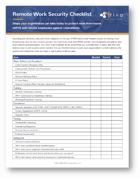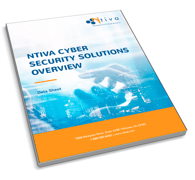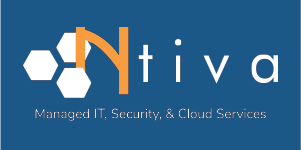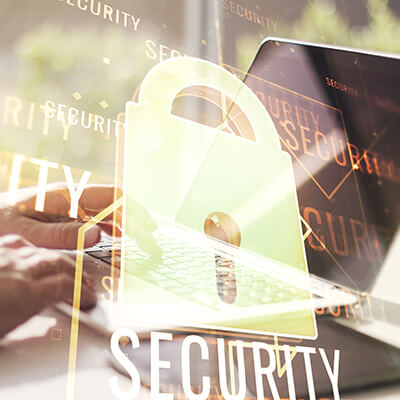When the COVID-19 pandemic struck in 2020, businesses quickly adapted.
So did cybercriminals.
Companies emptied their office buildings and sent their employees home to work remotely. And organized criminals quickly learned to exploit the “new normal” by targeting improperly secured connections, applications, and unprepared work-from-home (WFH) employees.
Read on to discover how WFH increases your vulnerability to cyberattacks, and the steps you should take to protect your networks, data, and reputation.

 According to
According to 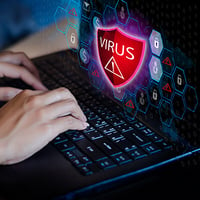 Business leaders are discovering that the new WFH normal is coming at a cost. Mandating that hundreds or even thousands of employees work from home is bringing some expected—and some unexpected—complications.
Business leaders are discovering that the new WFH normal is coming at a cost. Mandating that hundreds or even thousands of employees work from home is bringing some expected—and some unexpected—complications. A small business hires a new Chief Financial Officer. Delighted with her new position, the CFO updates her LinkedIn profile and announces to her LinkedIn connections that she has a new position.
A small business hires a new Chief Financial Officer. Delighted with her new position, the CFO updates her LinkedIn profile and announces to her LinkedIn connections that she has a new position.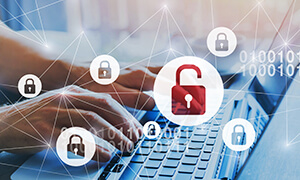



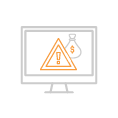
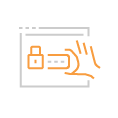
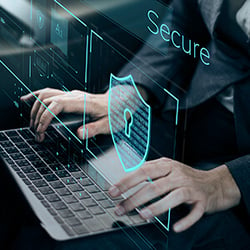 Protecting your organization against WFH cyber threats involves your people, your platforms, your policies, and your processes. You must take a step-by-step approach to ensuring that you protect your networks and your data using WFH best practices.
Protecting your organization against WFH cyber threats involves your people, your platforms, your policies, and your processes. You must take a step-by-step approach to ensuring that you protect your networks and your data using WFH best practices.
